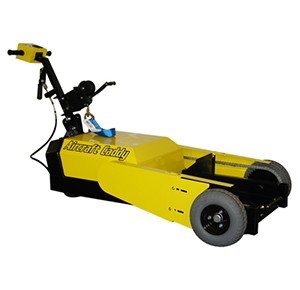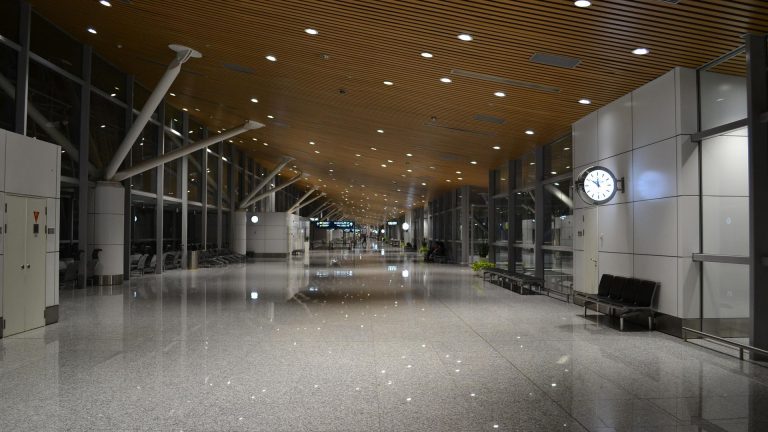
Think about the forces at work when you push and pull an aircraft out of the hangar and onto the runway. Four forces come into play:
- Starting force. The greatest effort is required to initiate movement. Considerable effort must be exerted to overcome resistance created by inertia, friction and gravity. Greater force is always necessary to start or stop a wheel turning than to keep that wheel in motion.
- Sustained force. Also called rolling force, sustained force is the effort required to keep a moving object in motion. Once a towed aircraft is moving at a constant rate of speed, inertial resistance falls nearly to zero. Some effort may be required for maneuvering — slowing down, speeding up or turning — but little effort is required to keep the plane moving.
- Turning force. When an aircraft is turned, two forces create difficulty. Inertia must be overcome to accelerate in a new direction, and friction between the ground and wheel must be overcome. Because momentum will want to keep the plane traveling in its original trajectory, significant force must be applied to change direction. Turning often results in asymmetric and uncomfortable body postures, over extension and overexertion that can result in injury.
- Stopping force. As with starting, the same forces must be counteracted to bring a rolling object to a full stop.
Lindy’s motorized AircraftCaddys use ergonomic design to mitigate force and reduce injury risk.
Browse our selection of quality, American made aircraft tugs.


